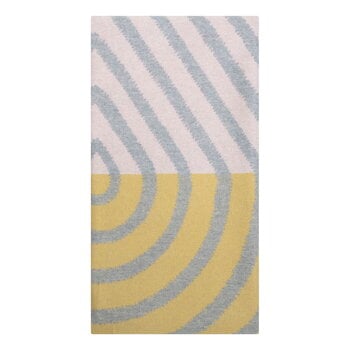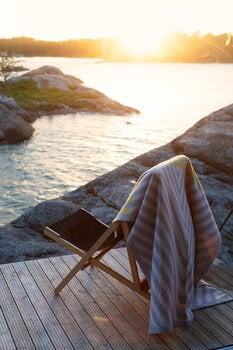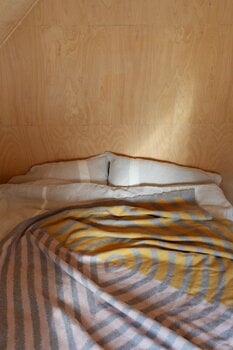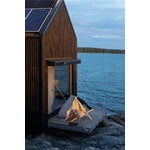The Metsälampi blanket by Lapuan Kankurit is decorated with a delicate Metsälampi pattern, designed by Akira Minagawa. The charming pattern takes you back to nature and the disappearing shapes in the water of the pond – the name "Metsälampi" means forest pond. The wonderfully warm and generously sized merino wool blanket is perfect for cozy moments on the sofa, as a warming throw on the terrace, or as a bedspread.
The Metsälampi blanket is woven at Lapuan Kankurit’s own mill in Finland from 100% merino wool, offering a luxuriously soft feel against the skin. Only mulesing-free merino wool is used, produced in compliance with Oeko-Tex certification standards.












